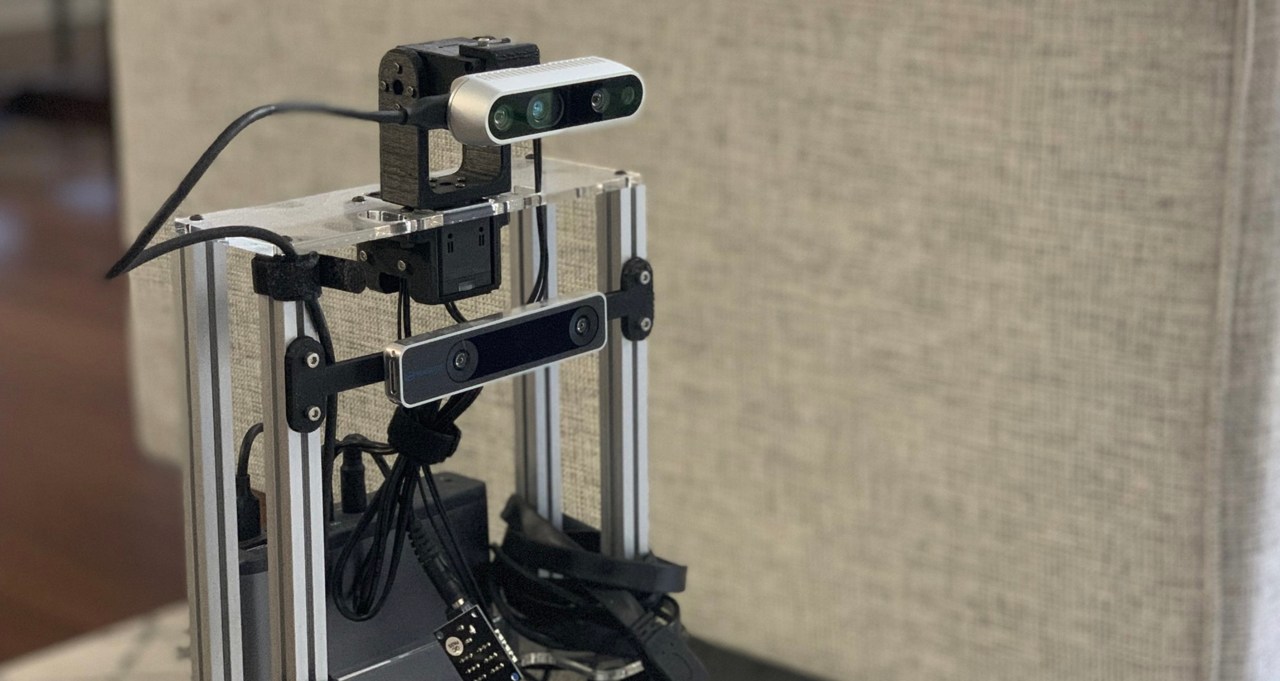In the captivating world of robotics, Carnegie Mellon University (CMU) and Facebook AI Research (FAIR) are paving the way for a new frontier in robotic navigation. Their collaboration has given birth to the innovative SemExp system, a paradigm shift that enables robots to understand and navigate spaces like never before by recognizing familiar objects. This breakthrough is not just about maneuvering through obstacles; it represents a significant leap in mimicking human-like reasoning in robotic systems.
The Essence of Semantic Navigation
At the heart of semantic navigation lies the objective of enabling robots to perceive and interpret their environments intelligently. The SemExp system distinguishes itself by surpassing previous models that mainly focused on map building and spatial obstacle awareness. Instead, it integrates machine learning capabilities that empower robots to recognize specific objects and infer their probable locations based on common sense reasoning.
- Recognition Beyond Basics: Unlike predecessors that relied on superficial traits, SemExp excels in discerning between objects like end tables and kitchen tables. This nuanced recognition allows the robot to make informed decisions based on the context of its environment.
- Common Sense Reasoning: As machine learning PhD student Devendra S. Chaplot articulated, knowing that a refrigerator is typically found in the kitchen enhances navigation strategies. This shift from a purely navigational strategy to an understanding of contextual placement dramatically improves efficiency.
Standout Achievements and Challenges Overcome
The recent Habitat ObjectNav Challenge showcased the prowess of the SemExp system, clinching first place against formidable competitors, including tech giants like Samsung. This achievement highlights the system’s capability to learn and adapt, demonstrating its proficiency in real-world scenarios.
However, the journey hasn’t been without challenges. Previous attempts at semantic navigation faltered due to an over-reliance on memorizing object locations. The SemExp system, in contrast, builds a more dynamic model, allowing robots to associate objects with likely locations instead of merely recalling past encounters.
Implications for the Future
The implications of this research extend far beyond academic laboratories. As robots become more adept at navigating spaces in ways that align with human logic, the potential applications become limitless. From intelligent home assistants that can seamlessly navigate your space to automated warehouse systems that optimize their movements based on object recognition, the advancement of semantic navigation paves the way for a new era in robotics.
Moreover, the collaboration between CMU and Facebook AI Research emphasizes the importance of synergy between academia and industry in pushing the boundaries of artificial intelligence. By integrating practical insights from diverse teams, these innovations can address real-world challenges more effectively.
Conclusion
In conclusion, the evolving landscape of robotic navigation continues to thrill and inspire. The SemExp system introduced by CMU and FAIR not only marks a significant advancement in the ability of machines to understand their environments but also represents a step towards realizing more human-like interactions with technology. As we look forward to a future where robots can navigate our homes and workplaces intuitively, the strides in semantic navigation will undoubtedly play a pivotal role.
At fxis.ai, we believe that such advancements are crucial for the future of AI, as they enable more comprehensive and effective solutions. Our team is continually exploring new methodologies to push the envelope in artificial intelligence, ensuring that our clients benefit from the latest technological innovations.
For more insights, updates, or to collaborate on AI development projects, stay connected with fxis.ai.

